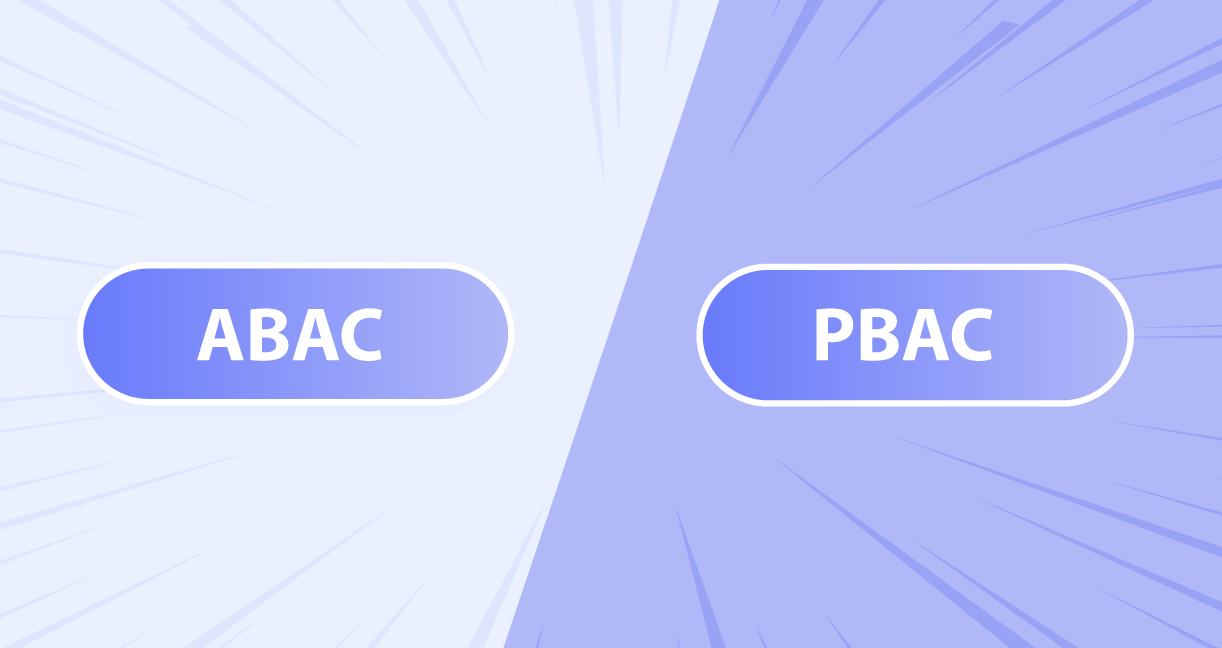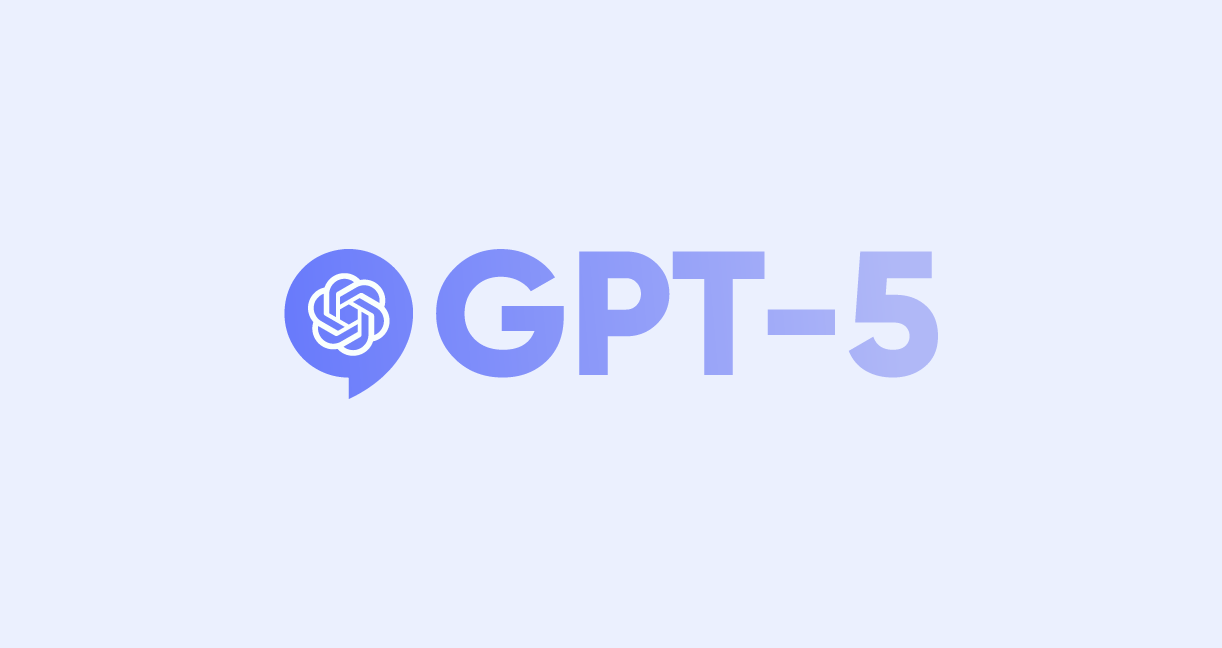What This Blog Post on Attribute-based vs Persona-based Access Controls Covers
-
Attribute-Based Access Control (ABAC) grants access by evaluating multiple real-time attributes, such as user role, resource type, action, and environment, offering high flexibility but creating policy complexity at scale.
-
Persona-Based Access Control (PBAC) groups attributes into intent-driven personas that combine role, context, and purpose, simplifying policy management and making access decisions easier to explain and audit.
-
ABAC excels in highly dynamic, multi-tenant, and zero-trust settings but can suffer from “rule explosion” and operational overhead as attribute sets grow.
-
PBAC aligns access with business logic and task-driven intent, reducing AI oversharing risks by tying persona-based permissions to the reasons behind user actions. However, it requires careful persona design upfront.
-
A hybrid model, such as ABAC for complex attribute logic and PBAC for business-centric governance, can balance control, clarity, and scalability, especially when paired with AI-aware support tools.
What Is ABAC?
To make a proper comparison of attribute-based (ABAC) vs. persona-based access controls (PBAC), both approaches must first be examined individually. First , ABAC represents a robust model that grants or denies access based on combinations of attributes. These attributes describe the user (department, clearance level), the resource (data type, classification), the action (read, write), and the environment (location, time, device). Each authorization decision is made by evaluating a policy that includes these factors.
ABAC policies are highly granular. According to NIST SP 800-162, it can support complex access scenarios that Role-Based Access Control (RBAC) cannot, especially in multi-tenant or cloud-native environments. This flexibility is important in large-scale systems with thousands of resources and user types.
However, this granularity comes at a cost. As the number of attributes increases, so does policy complexity. A 2025 enterprise-focused article confirms that in distributed systems, policy sets with high attribute counts require significant governance effort, often leading to administrative bottlenecks. Approaches like automated rule mining help mitigate design and maintenance load, as demonstrated in this study that employed unsupervised learning to generate ABAC policies from logs.
What Is PBAC?
On the other hand, PBAC bundles attributes into personas that represent a user’s role, context, and purpose. A persona is more than a job title; it combines intent, behavior, and environment into one access model. Access decisions are made in real time by evaluating whether the user’s active persona aligns with policies that reflect business intent. PBAC simplifies policy design by grouping complex attribute rules into human-understandable personas. This reduces policy sprawl while improving audit clarity.
Additionally, PBAC shines in AI and zero‑trust contexts. It supports need‑to‑know access by supporting policies that account for task-driven intent. This model helps AI oversharing prevention by binding access to the reasons a user acts, not just who they are. Independent research supports the value of persona-driven models in dynamic access control. A 2025 study on archival systems found that persona methods helped focus access needs more securely, particularly with sensitive data.
Explore a detailed guide to PBAC in Knostic’s blog here: Your Guide To: Persona‑Based Access Controls.
ABAC vs. PBAC: Head-to-Head Comparison Table
The following table presents a direct comparison of the two models, analyzing five globally established features that define the performance of access control models.
|
Feature |
ABAC |
PBAC |
|
Policy scope |
Attribute rules are evaluated dynamically based on user, resource, or context |
Persona-centric, grouping intent, role, and situational context |
|
Complexity |
High when many attributes are involved; managing numerous dynamic attributes introduces overhead |
Lower by grouping logic into personas; simpler policy definitions |
|
Explainability |
Harder to trace because policies are defined across many dispersed attribute rules |
Easier: you can say “persona X for purpose Y” as your policy rationale |
|
Performance |
Each decision requires evaluating the full attribute grid; this can be resource intensive at scale |
Persona lookup followed by a smaller attribute check is a significantly more efficient architectural design |
|
AI oversharing defense |
Possible, but requires verbose rules that may be hard to maintain |
Built‑in intent and context logic reduces oversharing by tying access to purpose |
To conclude, ABAC delivers unparalleled granularity, but at the cost of policy sprawl and decision opacity. PBAC, anchored in personas and purpose, delivers governance clarity while aligning access with business goals. For designing zero‑trust systems or AI governance frameworks, PBAC offers a more intuitive and scalable implementation path.
Advantages and Disadvantages of Each Model
This section compares the advantages and challenges of ABAC and PBAC, highlighting their flexibility, complexity, and implications for enterprise access governance.
ABAC Advantages
ABAC brings unmatched flexibility. It enables context-aware access decisions by evaluating large numbers of real-time attributes. A 2024 study confirms ABAC’s adaptability in dynamic environments like micro-clouds, despite policy complexity. This richness in policy logic empowers access control for many different assets.
ABAC Challenges
ABAC suffers from rule explosion,and its complexity makes debugging challenging. Auditing also slows as policies grow more intricate. The same 2024 study notes high administrative overhead in ABAC models, especially when attributes proliferate.
PBAC Advantages
PBAC delivers precise intent alignment by framing access in clear, purpose-driven, business terms, moving beyond static roles to dynamic, policy-based decisions. A 2024 paper emphasizes that PBAC grants access via structured policies at the authorization moment, rather than relying on preassigned entitlements, and in this way, enables clarity in decision logic and governance.
PBAC Challenges
PBAC demands upfront investment in persona design. Teams must accurately define roles, intents, and contexts, sincemis-tagged personas can lead to over-permissioned access and unintended information exposure. Because personas drive access decisions, even minor errors in tagging can have oversized operational or compliance impacts. This makes the launch planning process critical. Errors at the outset create the risk of total governance breakdown.
Which one to choose?
For environments demanding dynamic, context-aware decisions, ABAC offers unmatched granularity and adaptability. A 2025 academic article proves ABAC’s ability to support fine‑grained access logic, particularly in cloud-native and zero‑trust settings. However, managing ABAC becomes more challenging as policies and attributes increase. In distributed, micro‑cloud contexts, a 2024 study found that even highly-optimized ABAC setups require hierarchical simplification to stay manageable. PBAC focuses on operational clarity by grouping attributes into personas tied to business purpose, which reduces the complexity of policy creation and review.
A hybrid approach, using ABAC for complex, attribute-heavy controls and PBAC for business-centric access, allows for both control and clarity. Use ABAC when extensive attribute granularity is needed; lean on PBAC when intent alignment and manageability drive better outcomes. When paired with AI-support platforms, the hybrid model can protect against both conventional over-permissioning as well as AI oversharing.
Migration Strategy: ABAC to PBAC or Hybrid
Transitioning requires a structured plan and an appropriate migration framework. For broader guidance, the NIST Attribute Management Framework outlines standard practices for defining, validating, and maintaining attributes in enterprise systems.
Attribute Review
Start by auditing active attributes in your ABAC system. A 2025 study on ABAC policy mining shows how clustering can flag missing or redundant attributes automatically, reducing noise and improving policy efficiency. Clean attribute sets streamline later persona definitions. However, this step assumes that attribute data is accessible, up-to-date, and accurate. If attribute sources are inconsistent or incomplete, results will be unreliable, as noted by NIST. Accurate data propagation and pruning reduces governance overhead and speeds decision-making. Detailed attribute discipline is essential since if an attribute locker is outdated or unused, it introduces policy drift and confusion.
Persona Mapping Workshops
Conduct workshops with business stakeholders, security, and ops teams. Use real access logs to group attribute clusters into personas grounded in real tasks and intent. The ABAC Lab platform (2025) shows how datasets and analytics can support mapping exercises by revealing patterns in attributes and usage. Other options include identity analytics modules available in IAM suites, which can provide automated clustering and grouping capabilities. In these workshops, define personas around clear, real-world purposes, like a “claims reviewer for PII scrubbing” or an “analyst producing aggregated reports.” Start small with a few high-value personas that will have the most impact.
Policy Refactoring
Take your old ABAC rules and rewrite them as persona-based policies. Instead of long conditions like “if Department = X and Time = Y”, use something like “Persona A for Task B under Condition C”. This is easier to read and audit. Use your workshop results to keep the original intent but streamline the logic. The 2025 ABAC review stresses that preserving policy intent is key to avoiding security gaps when refactoring. Keep refactored policies under version control and test them often to maintain consistency and prevent service issues.
Pilot & Measure
Roll out your new PBAC personas in a safe, low-risk environment first, like an internal AI search tool. Measure how accurate and fast they are compared to ABAC: track misclassifications, decision speed, and latency. The ABAC Lab datasets can help simulate persona coverage and rule performance for this phase. Keep an eye on metrics like the share of access requests handled by persona lookups vs. complete attribute checks and the duration of audits. These tests show whether PBAC is delivering real efficiency gains. Continue to make minor tweaks before expanding system-wide.
Iterate & Audit
Regular audits are essential. Logs must be check for incorrect approvals or denials. If a persona gets more than about 5% of requests wrong, fix it. Remove personas or attributes that aren’t used. The ABAC Lab’s analytics can help you track changes and detect policy drift over time. In addition, NIST recommends establishing ongoing attribute lifecycle management procedures to ensure policy alignment as business roles and data sources evolve. Update policies every month based on what you learn. This keeps your access model clean, accurate, and in step with your business needs.
How Knostic Complements ABAC and PBAC for AI Safety
Knostic bridges the operational gap between traditional access control models and the unique risks of enterprise LLMs. Its context-aware enforcement extends both ABAC and PBAC by adding real-time attributes to persona policies, enabling AI systems to respect “need-to-know” constraints as information is inferred, not just when it is stored.
Prompt simulations also model real employee queries across systems like ChatGPT and Copilot, stress-testing both ABAC and PBAC rules to find where sensitive knowledge could still be overshared. This goes beyond static audits by actively probing LLM inference paths.
Finally, real-time enforcement of need-to-know policies ensures that access decisions are applied at inference time, aligning LLM outputs with persona or attribute rules. This closes the gap where policies might technically allow access, but the user’s intent or context does not justify exposure.
What’s Next
The next step in tightening AI governance is applying continuous, context-aware support in all enterprise AI search and generative tools. Knostic’s LLM Data Governance White Paper outlines a strategic approach to building intelligent boundaries that prevent oversharing while preserving productivity.
FAQ
- What is the difference between PBAC and ABAC?
ABAC controls access using combinations of user, resource, action, and environment attributes. PBAC groups these attributes into personas that also account for intent and business purpose, simplifying policy management and improving audit clarity.
- What is an advantage of using persona-based access control (PBAC) over attribute-based access control (ABAC)?
PBAC reduces policy complexity by bundling attributes into personas, making access rules easier to maintain and explain. When paired with Knostic, PBAC can also embed real-time, context-aware checks to prevent AI oversharing.
- Should you choose ABAC or PBAC?
ABAC is better for environments that require very granular control based on dynamic conditions. PBAC is more scalable and aligns better with business logic, especially in AI governance. Many enterprises use a hybrid approach, and Knostic supports both, improving their effectiveness in AI contexts.










